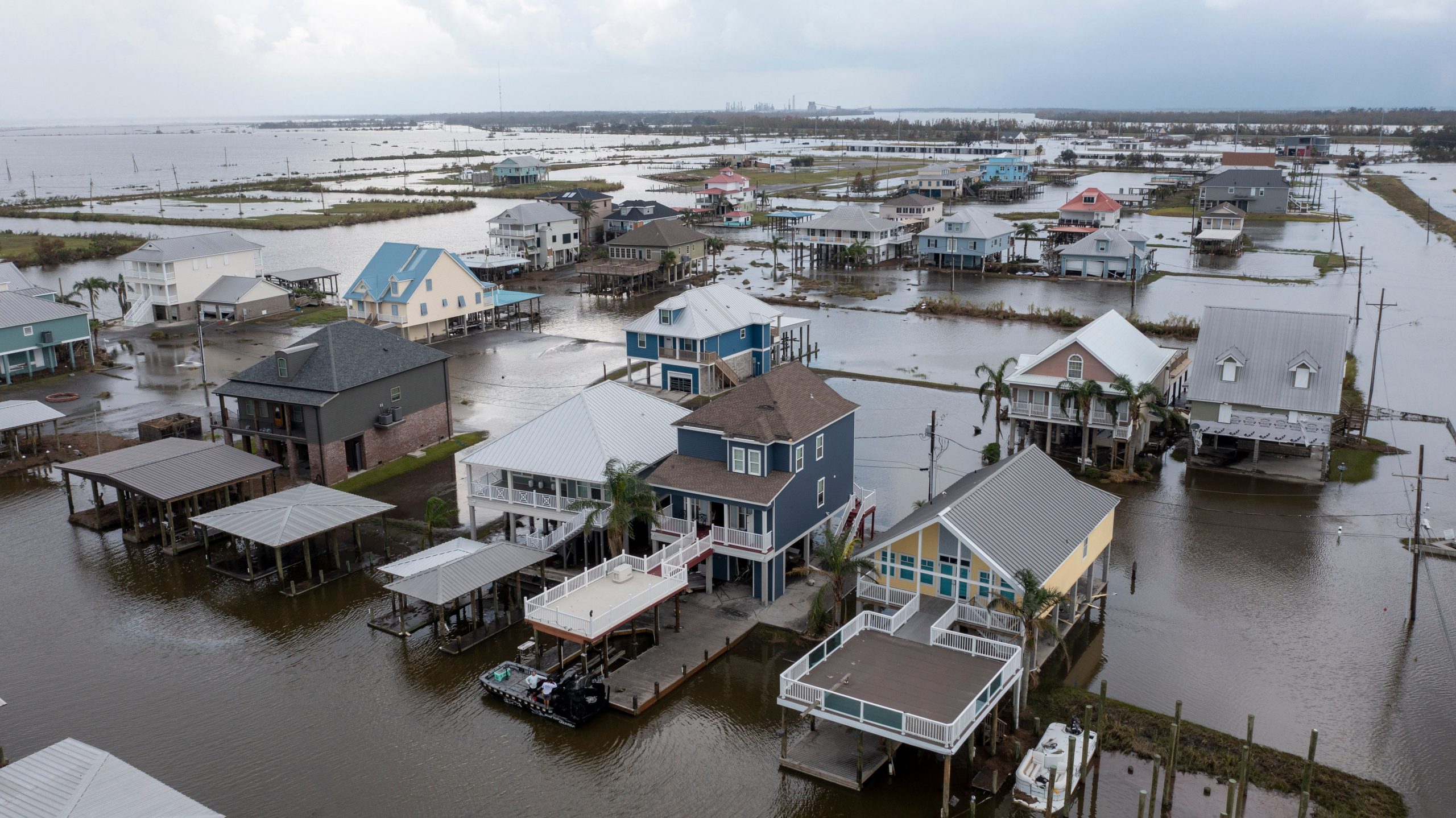New York City is going for a private weather forecaster to beef up the city’s response to heavy rainfall in the future after the devastation caused by the flooding in the aftermath of Hurricane Ida.
Under the plan, the city will design more systems to catch and drain water and issue earlier and more aggressive warnings to residents in case of heavy rainfall.
“We learned from Ida that we have to do some very very different things. This is a brand new world,” Mayor Bill de Blasio was quoted as saying by the Associated Press.
At least 50 people from Virginia to Connecticut, including 13 in New York City, died earlier this month when the remnants of Hurricane Ida inundated the Northeast with torrential rain. The rainwater trapped hundreds of cars on submerged waterways, deluged subway stations and stalled trains, and flooded basement apartments, turning them into deadly traps.
At its heaviest, the storm dropped 3.15 inches (8 centimeters) of rain within an hour over New York City, overwhelming an aging sewer system designed to handle roughly half that, the Associated Press reported.
The city will hire a private weather forecasting service to provide a “second opinion” to the city that supplements National Weather Service predictions and creates neighborhood-specific forecasts for storms, according to the mayor’s plan.
De Blasio said the National Weather Service does “good and important work,” but often its reports “were too vague or too late and we need something more urgent.”
He likened it to the city creating its own counterterrorism and intelligence division in the New York City Police Department after the 9/11 terrorist attacks. After the storm hit, de Blasio said he’d been given a forecast that the city would see somewhere between 3 to 6 inches (7.5 to 15 cm) of rain for the day — not 3 inches within one hour.
The plan calls for preemptively declaring a state of emergency and issuing mandatory evacuation orders for basement apartments hours before heavy rains are forecast, along with travel bans to keep people off roads and subways if a deluge is predicted. The city will also work with community groups to knock on the doors of those living in basement apartments to warn them of flooding threats and identify safe evacuation spaces in their neighborhood. Of the 13 people in the city who died in the storm, at least 11 of them were in flooded basement apartments, according to police.
The report lays out a number of measures the city plans to enact relatively quickly, such as putting up signs warning about flood potential on roadways, creating more green spaces and drainage features at playgrounds, and expanding a program to install porous concrete pavement in some areas in the city, where small holes allow water to seep in instead of running into the streets.
De Blasio issued the report Monday as he enters his final months in office. Democrat Eric Adams, who is widely expected to win the mayoral election in November, released his own “resiliency” report last week. It lays out similar recommendations for an early warning system and plans to notify those living in basement apartments.
(With AP inputs)







